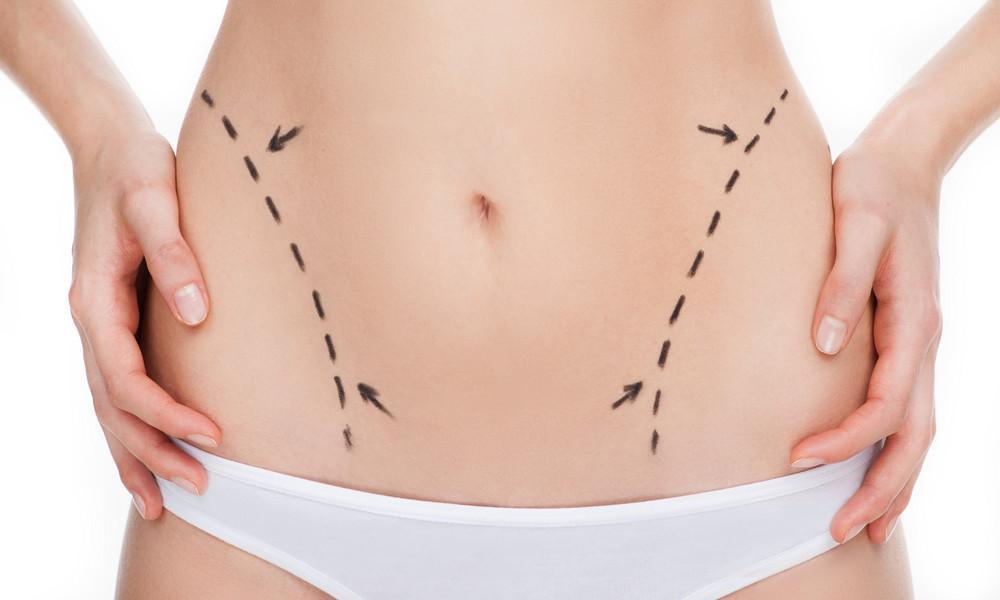Tummy tuck surgery, also known as abdominoplasty, is a popular cosmetic procedure in Dubai, helping individuals achieve a flatter and more toned abdomen. However, like any surgical procedure, it carries potential risks and complications. Understanding these risks is crucial for anyone considering this surgery. This article provides an in-depth look at the potential complications of Tummy Tuck in Dubai , helping you make an informed decision.
What is Tummy Tuck Surgery?
Before delving into the risks, it's essential to understand what tummy tuck surgery involves. This procedure removes excess skin and fat from the abdomen while tightening the underlying muscles, resulting in a smoother, firmer appearance.
Types of Tummy Tuck Procedures
- Full Tummy Tuck: This comprehensive procedure addresses the entire abdomen, including muscle tightening and skin removal.
- Mini Tummy Tuck: A less invasive option, focusing on the lower abdomen with a smaller incision.

Common Risks Associated with Tummy Tuck Surgery
While tummy tuck surgery is generally safe, there are common risks that patients should be aware of before undergoing the procedure.
Infection
Infection is a potential risk with any surgical procedure. During a tummy tuck, the risk of infection can arise from bacteria entering the incision site, leading to redness, swelling, and sometimes fever.
How to Minimize Infection Risk
- Follow Post-Op Instructions: Adhering to your surgeon's post-operative care guidelines is crucial in preventing infection.
- Proper Wound Care: Keeping the incision site clean and dry can significantly reduce the risk of infection.
Scarring
Scarring is an inevitable part of any surgical procedure, and a tummy tuck is no exception. The procedure involves a horizontal incision across the lower abdomen, which can result in a visible scar.
Managing and Minimizing Scarring
- Scar Care Products: Using recommended creams or silicone sheets can help reduce the appearance of scars.
- Avoid Sun Exposure: Protecting the scar from the sun can prevent it from darkening and becoming more noticeable.
Blood Clots
Blood clots, particularly deep vein thrombosis (DVT), are a serious risk associated with tummy tuck surgery. DVT occurs when a blood clot forms in a deep vein, often in the legs, and can be life-threatening if it travels to the lungs.
Reducing the Risk of Blood Clots
- Move Regularly: Early movement after surgery, such as gentle walking, can help prevent blood clots.
- Compression Garments: Wearing compression garments as recommended can promote blood circulation and reduce the risk of clots.
Potential Complications of Tummy Tuck Surgery
In addition to the common risks, there are specific complications that can occur after a tummy tuck surgery.
Seroma
A seroma is a collection of fluid that builds up under the skin after surgery, often around the incision site. It can cause swelling and discomfort and may require drainage by your surgeon.
Preventing Seroma Formation
- Drain Care: If your surgeon places drains after surgery, ensure they are cared for properly to minimize the risk of seroma.
- Follow-Up Visits: Regular follow-up visits allow your surgeon to monitor healing and address any complications early.
Numbness or Sensation Changes
After a tummy tuck, some patients may experience numbness or changes in sensation around the incision site or in the abdominal area. This is due to nerve disruption during surgery and is usually temporary but can sometimes be long-lasting.
Coping with Sensation Changes
- Patience: Sensation often returns over time as the nerves heal, but it can take several months.
- Communicate with Your Surgeon: If numbness persists, discuss it with your surgeon during follow-up appointments.
Poor Wound Healing
In some cases, the incision site may not heal properly, leading to delayed recovery, increased scarring, or even wound separation. Factors such as smoking, poor nutrition, and certain medical conditions can increase the risk of poor wound healing.
Promoting Healthy Wound Healing
- Healthy Lifestyle: Maintaining a balanced diet and avoiding smoking can significantly improve wound healing.
- Close Monitoring: Regularly check the incision site for signs of delayed healing, such as increased redness, swelling, or discharge, and report them to your surgeon.
Emotional and Psychological Considerations
Beyond physical risks, it's important to consider the emotional and psychological impact of tummy tuck surgery.
Unrealistic Expectations
Having realistic expectations is crucial for satisfaction with the outcome. While a tummy tuck can significantly improve the appearance of the abdomen, it's important to understand that it may not achieve perfection or solve all body image concerns.
Setting Realistic Goals
- Consultation: During your consultation, discuss your goals and concerns with your surgeon to align expectations with realistic outcomes.
- Body Positivity: Remember that a tummy tuck is just one aspect of your overall self-image and should be considered as part of a broader approach to body confidence.
Post-Surgery Emotional Adjustment
The recovery period can be challenging emotionally, as you cope with discomfort, limited mobility, and the appearance of your body during the healing process.
Support Systems
- Seek Support: Lean on friends, family, or support groups to help you through the recovery period.
- Professional Help: If you experience significant emotional distress, consider speaking with a therapist to support your mental well-being.
Conclusion
Tummy tuck surgery offers significant benefits for those looking to improve the appearance of their abdomen, particularly after pregnancy or weight loss. However, it's crucial to understand and weigh the risks and potential complications before making a decision. By being informed and prepared, you can approach tummy tuck surgery with realistic expectations and take proactive steps to ensure a smooth and successful recovery. Consulting with a qualified professional and following their guidance will further enhance your chances of a positive outcome.





Comments